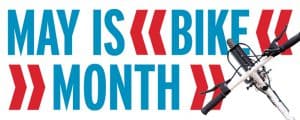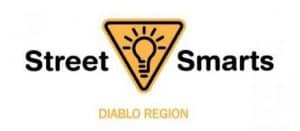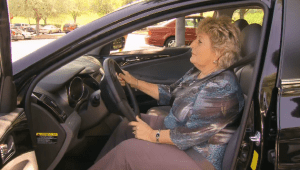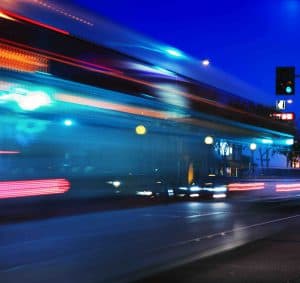Give feedback to help shape the future of Contra Costa County and the Bay Area at an MTC Plan Bay Area Open House – Wednesday, April 29!

Plan Bay Area is a roadmap to help Bay Area cities and counties adapt to the challenges of future population growth. Attendees will have the opportunity to view displays and offer comments on long-term goals to reduce greenhouse gas emissions from cars and light-duty trucks, house the region’s projected population, improve public health, maintain the region’s transportation infrastructure and preserve open space. Developing Plan Bay Area 2040 is a collaborative process, so community input is vital in shaping the finished plan.
There will be one Open House held in each of the Bay Area’s nine counties. People are welcome to attend the session(s) of their choosing. There are two Open Houses this week:
| Contra Costa County | Alameda County | |
| Wednesday, April 29 | Wednesday, April 29 | |
| 7pm-9pm | 7pm-9pm | |
| Marriott | Alameda County Fairgrounds – Palm Pavillion | |
| 2355 North Main Street | 4501 Pleasanton Avenue | |
| Walnut Creek | Pleasanton* |
*Wheels will be running extended bus service on Route 53 to accommodate those attending the Plan Bay Area Open House in Pleasanton.
For more details, visit the Plan Bay Area Open House webpage, contact info@planbayarea.org or call (510) 817-5757. For transit route information, visit 511.org.
 BART has announced a 3.4 percent regular fare increase, scheduled for January 1, 2016. The estimated $15 million in added annual revenue will fund BART’s highest priority capital needs including new rail cars, an automated train control system, and an expanded maintenance facility.
BART has announced a 3.4 percent regular fare increase, scheduled for January 1, 2016. The estimated $15 million in added annual revenue will fund BART’s highest priority capital needs including new rail cars, an automated train control system, and an expanded maintenance facility.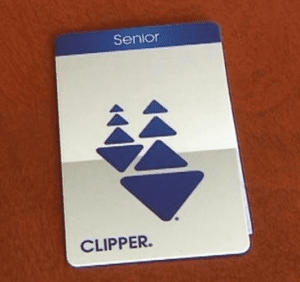
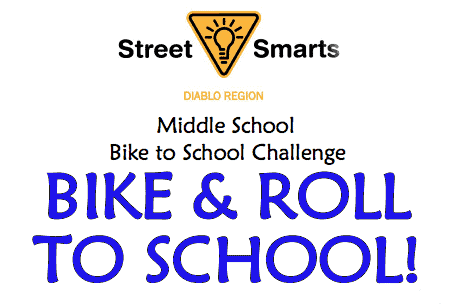
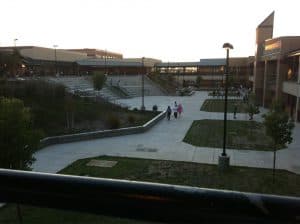 Rancho Medanos Junior High School parents & students, it’s time to get ready to Bike and Roll to School!
Rancho Medanos Junior High School parents & students, it’s time to get ready to Bike and Roll to School!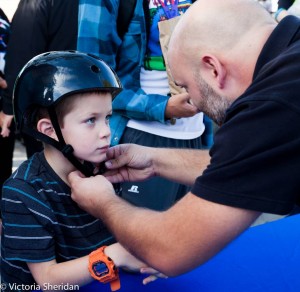 To celebrate the challenge, Street Smarts Diablo will have some free helmets on hand to provide to Rancho Medanos Junior High School students who arrive to school with wheels and need a properly fitting helmet. Parents are welcome to bring students’ bikes to school by car, so that any child starting the day without a helmet can get to school and roll home safely.
To celebrate the challenge, Street Smarts Diablo will have some free helmets on hand to provide to Rancho Medanos Junior High School students who arrive to school with wheels and need a properly fitting helmet. Parents are welcome to bring students’ bikes to school by car, so that any child starting the day without a helmet can get to school and roll home safely.
 Pick up litter, take a photo, and you could win skating at Paradise Skate or tickets to an Undead Bettys roller derby bout with
Pick up litter, take a photo, and you could win skating at Paradise Skate or tickets to an Undead Bettys roller derby bout with 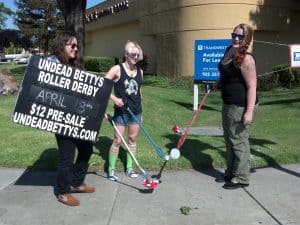
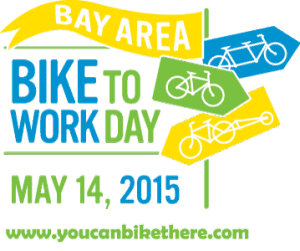
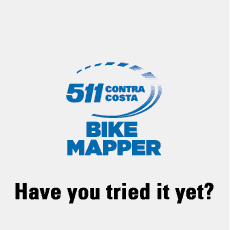













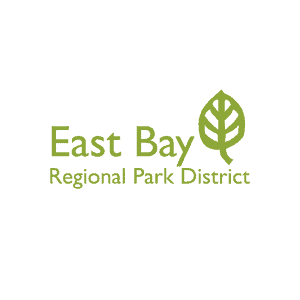










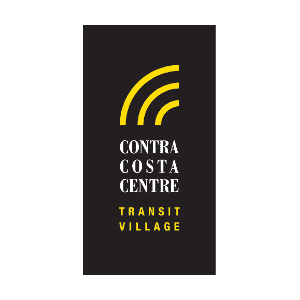
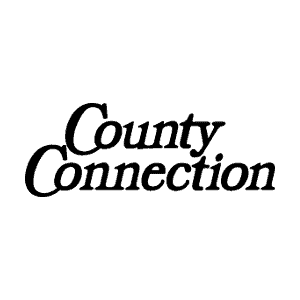













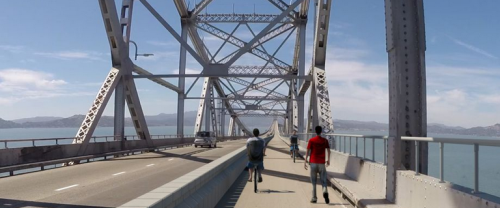
 Bring your teen to one of the
Bring your teen to one of the 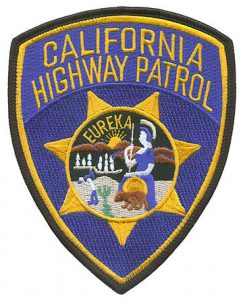 The
The 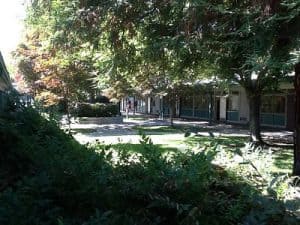 Walnut Creek Intermediate School parents & students, it’s time to get ready to Bike and Roll to School!
Walnut Creek Intermediate School parents & students, it’s time to get ready to Bike and Roll to School!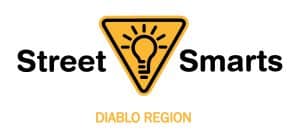
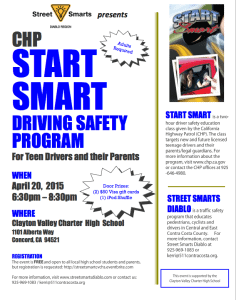

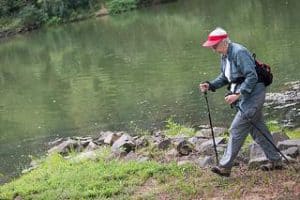 3. STRENGTH & ENDURANCE – Regular exercise helps
3. STRENGTH & ENDURANCE – Regular exercise helps 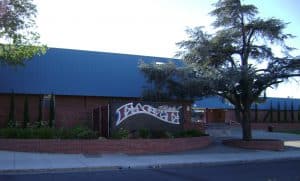 Antioch Middle School parents & students, it’s time to get ready to Bike and Roll to School!
Antioch Middle School parents & students, it’s time to get ready to Bike and Roll to School!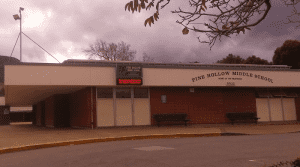 Pine Hollow Middle School parents & students, it’s time to get ready to Bike and Roll to School!
Pine Hollow Middle School parents & students, it’s time to get ready to Bike and Roll to School!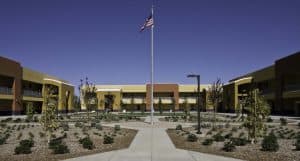 Martin Luther King, Jr. Junior High parents & students, it’s time to get ready to Bike and Roll to School!
Martin Luther King, Jr. Junior High parents & students, it’s time to get ready to Bike and Roll to School!
 Please drive cautiously through the construction zone, follow the directions of flaggers, leave a safe traveling distance between your vehicle and the vehicle ahead of you, and Slow for the Cone Zone. The California Highway Patrol will be on site during these closures.
Please drive cautiously through the construction zone, follow the directions of flaggers, leave a safe traveling distance between your vehicle and the vehicle ahead of you, and Slow for the Cone Zone. The California Highway Patrol will be on site during these closures.


 Foothill Middle School parents & students, it’s time to get ready to Bike and Roll to School!
Foothill Middle School parents & students, it’s time to get ready to Bike and Roll to School!
